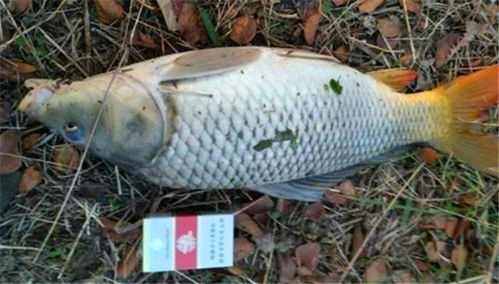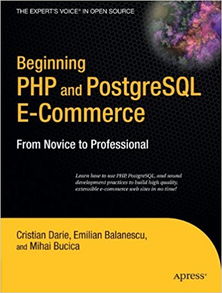Content:
Fishing is an ancient pastime that has been enjoyed by people across the globe for centuries. Whether you're a seasoned angler or a beginner looking to cast your line into the water, acquiring the right fishing techniques is essential for a successful day out. One of the fundamental skills every angler needs to master is handling fish line effectively. In this article, we'll delve into how to acquire fish line fishing techniques that will help you become a more proficient angler.
Understanding Fish Line
Before diving into the techniques, it's important to understand the different types of fish line available and their respective uses. Here's a brief overview:
- Monofilament: This is the most common type of fishing line and is known for its flexibility and strength. It's suitable for a wide range of fishing environments and species.
- Braid: Braided line is incredibly strong and thin, making it perfect for heavy-duty fishing. It's often used for catching larger fish or fishing in strong currents.
- Fluorocarbon: This line is nearly invisible underwater and has excellent knot strength. It's ideal for targeting fish that are easily spooked by line visibility.
- Superline: A combination of braided and monofilament, superline offers the best of both worlds in terms of strength and flexibility.
Choosing the Right Fish Line
The type of fish line you choose will depend on several factors, including the species of fish you're targeting, the fishing environment, and your personal preferences. Here are some guidelines to help you select the right fish line:

- Species: Different fish species have varying sizes and strengths. For instance, you might need a heavier line for larger fish like bass or catfish, while a lighter line might suffice for smaller species like panfish.
- Environment: Consider the conditions of the water you'll be fishing in. For instance, if you're fishing in a river with strong currents, you'll need a stronger line to handle the forces at play.
- Visibility: If you're fishing in clear water or want to minimize the risk of spooking fish, opt for a fluorocarbon or superline.
- Tackle: Ensure that the fish line you choose is compatible with your fishing rod, reel, and hooks.
Handling Fish Line
Once you've selected the right fish line, it's time to learn how to handle it effectively:
- Unrolling the Line: When unrolling your fish line from the spool, keep it tight to avoid tangles. If you're using a spinning reel, let out enough line to reach the water before casting.
- Looping the Line: To avoid tangles, loop the end of the line around your index finger and keep it taut. This technique is particularly useful when reeling in your line after a catch.
- Knots: Learning to tie the right knots is crucial for maintaining the integrity of your fish line. Common knots include the Palomar knot, the Improved Clinch knot, and the Uni knot. Practice these knots to ensure they're secure and strong.
- Line Management: Keep your line organized by using a line clip or a small spool holder. This will help you keep track of your line length and prevent tangles.
- Reeling In: When reeling in your line, keep it steady and smooth. Avoid sudden movements or jerks, as these can cause the line to twist or break.
Fishing Techniques
Now that you've mastered the basics of handling fish line, it's time to apply these skills to your fishing techniques:
- Casting: Practice your casting technique to ensure you can accurately place your bait or lure in the desired location. Experiment with different casting styles to find what works best for you.
- Baiting: Whether you're using live bait or artificial lures, learn how to present your bait in an appealing way to the fish. This may involve mimicking the natural movements of the bait or using the right color and size.
- Patience: Fishing requires patience, as it often takes time for fish to bite. Stay focused and be prepared to wait for the perfect moment to set the hook.
- Setting the Hook: When a fish bites, be quick to set the hook. Use a quick, upward movement to ensure the hook is securely in the fish's mouth.
- Landing the Fish: Once you've hooked a fish, reel it in slowly and carefully. Avoid pulling too hard, as this can cause the fish to break free or become injured.
Conclusion
Acquiring fish line fishing techniques is a crucial step in becoming a skilled angler. By understanding the different types of fish line, choosing the right line for your needs, and mastering the art of handling and fishing with it, you'll be well on your way to reeling in the big ones. Remember, practice makes perfect, so don't be afraid to spend time honing your skills on the water. Happy fishing!












